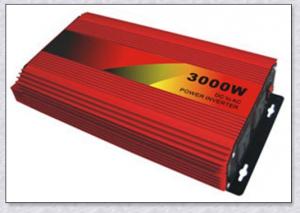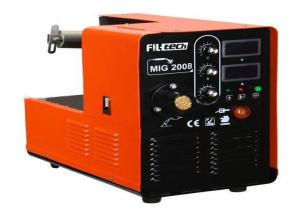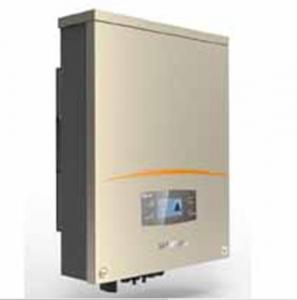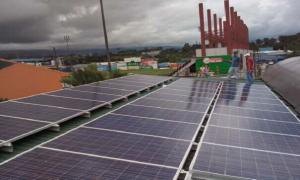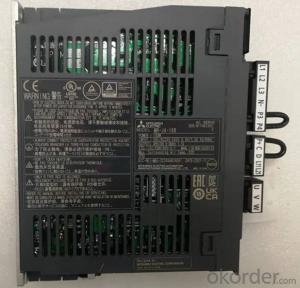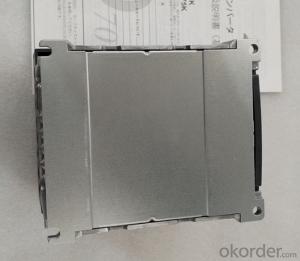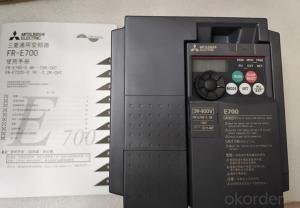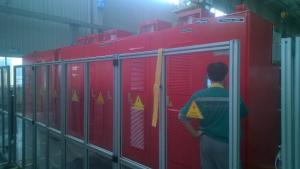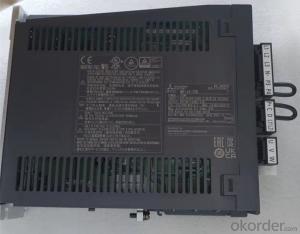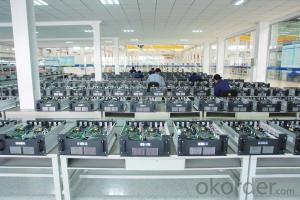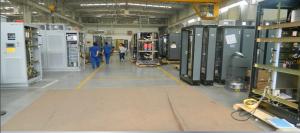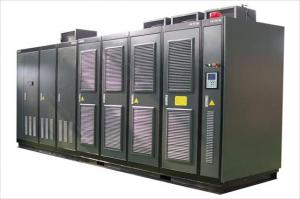Solaredge Solar Inverter
Solaredge Solar Inverter Related Searches
Solar Edge Solar Inverter Solar Edge Inverter Inverter Solar Edge Solar Edge Hybrid Inverter Solar Edge Micro Inverter Solar Electric Inverter Solar Energy Inverter Solar Solar Inverter Inverex Solar Inverter Solar Edge Energy Hub Inverter Synergy Solar Inverter Solar Inverter Inverter Solar Energy Power Inverter Solaris Solar Inverter Solar Converter Inverter Solar Charger Inverter Solar Edge Inverter Specs Solar Inverter Inverex Senergy Solar Inverter Inverter Solar Inverter Buy Solar Edge Inverter Solar System Inverter Solgen Solar Inverter Suntech Solar Inverter Sunshine Solar Inverter Solar Module Inverter Solar Hybrid Inverter Sun Solar Inverter Solar Grid Inverter Inverter Solar HybridSolaredge Solar Inverter Supplier & Manufacturer from China
SolarEdge Solar Inverter is a cutting-edge product designed to optimize the performance of solar energy systems. This advanced inverter technology maximizes power generation by continuously monitoring and managing each solar panel individually, thereby increasing overall efficiency and reducing energy loss. The SolarEdge inverter is engineered to work seamlessly with the company's power optimizers, creating a fully integrated system that ensures optimal energy production.The SolarEdge Solar Inverter is widely used in residential, commercial, and utility-scale solar installations. Its ability to handle varying levels of sunlight and panel orientation makes it a versatile choice for a range of applications. This product is particularly beneficial in scenarios where shading or soiling affects some panels more than others, as it can still extract maximum power from the unaffected panels. Additionally, the SolarEdge inverter's modular design allows for easy scalability, making it an ideal solution for growing energy needs.
Okorder.com is a reputable wholesale supplier of SolarEdge Solar Inverters, boasting a large inventory to cater to the diverse needs of customers worldwide. With a commitment to providing high-quality products at competitive prices, Okorder.com ensures that solar energy enthusiasts and professionals alike can access the SolarEdge inverter with ease. Their extensive stock and reliable supply chain make Okorder.com a trusted source for SolarEdge Solar Inverters, facilitating the growth of sustainable energy solutions globally.
Hot Products








